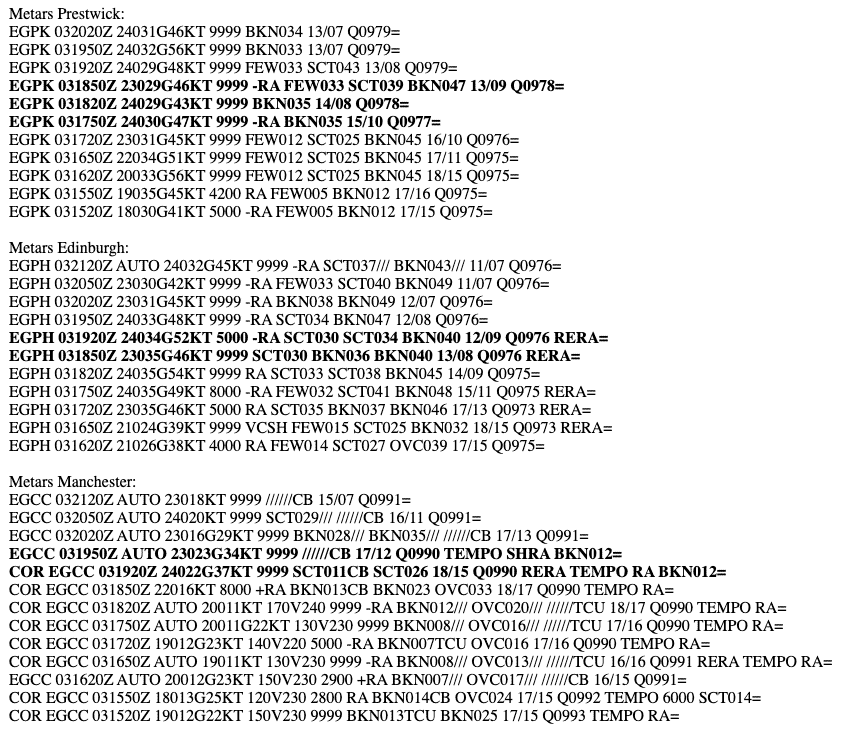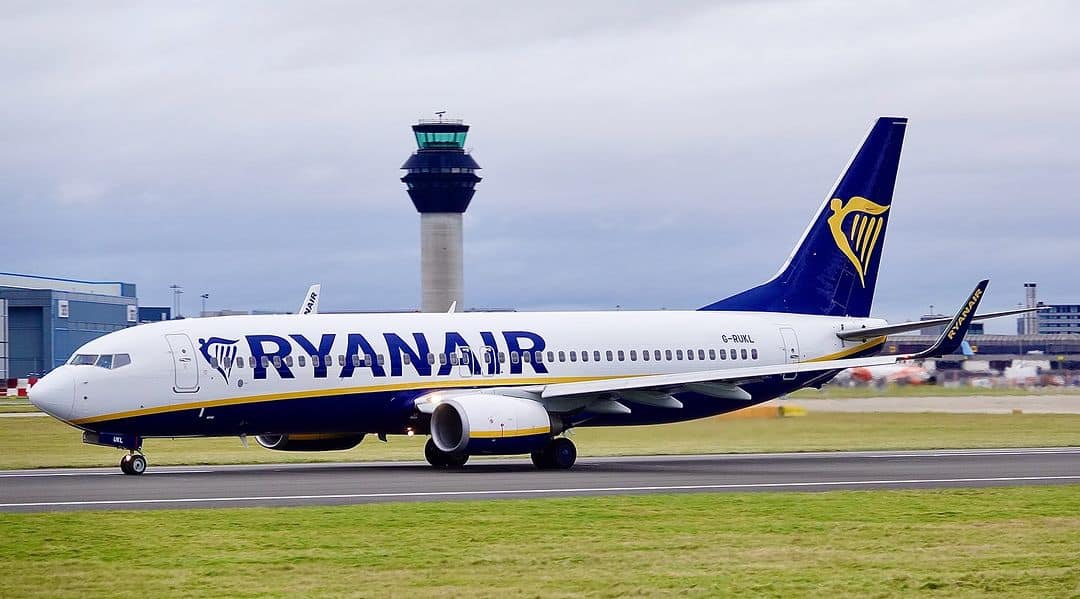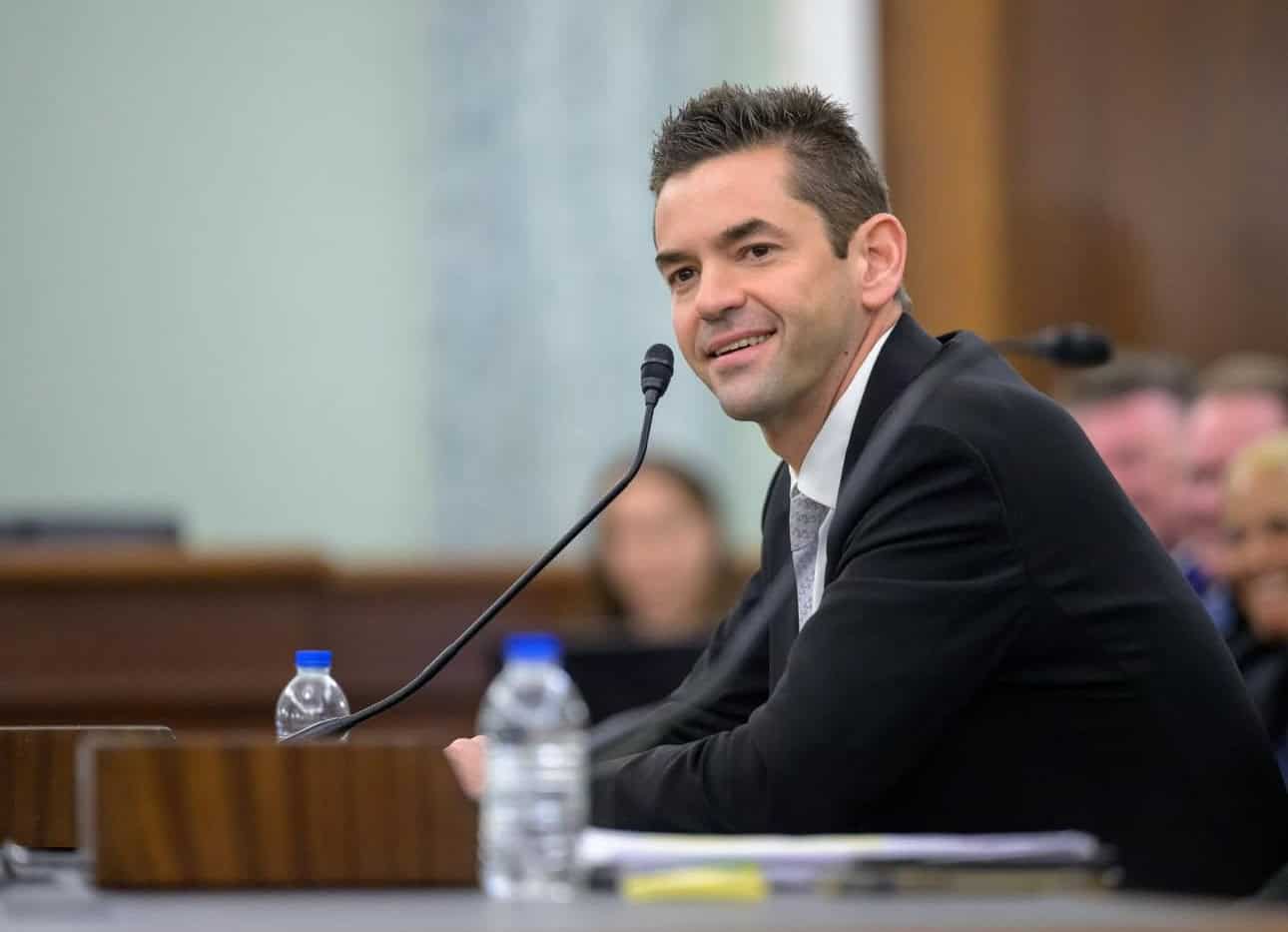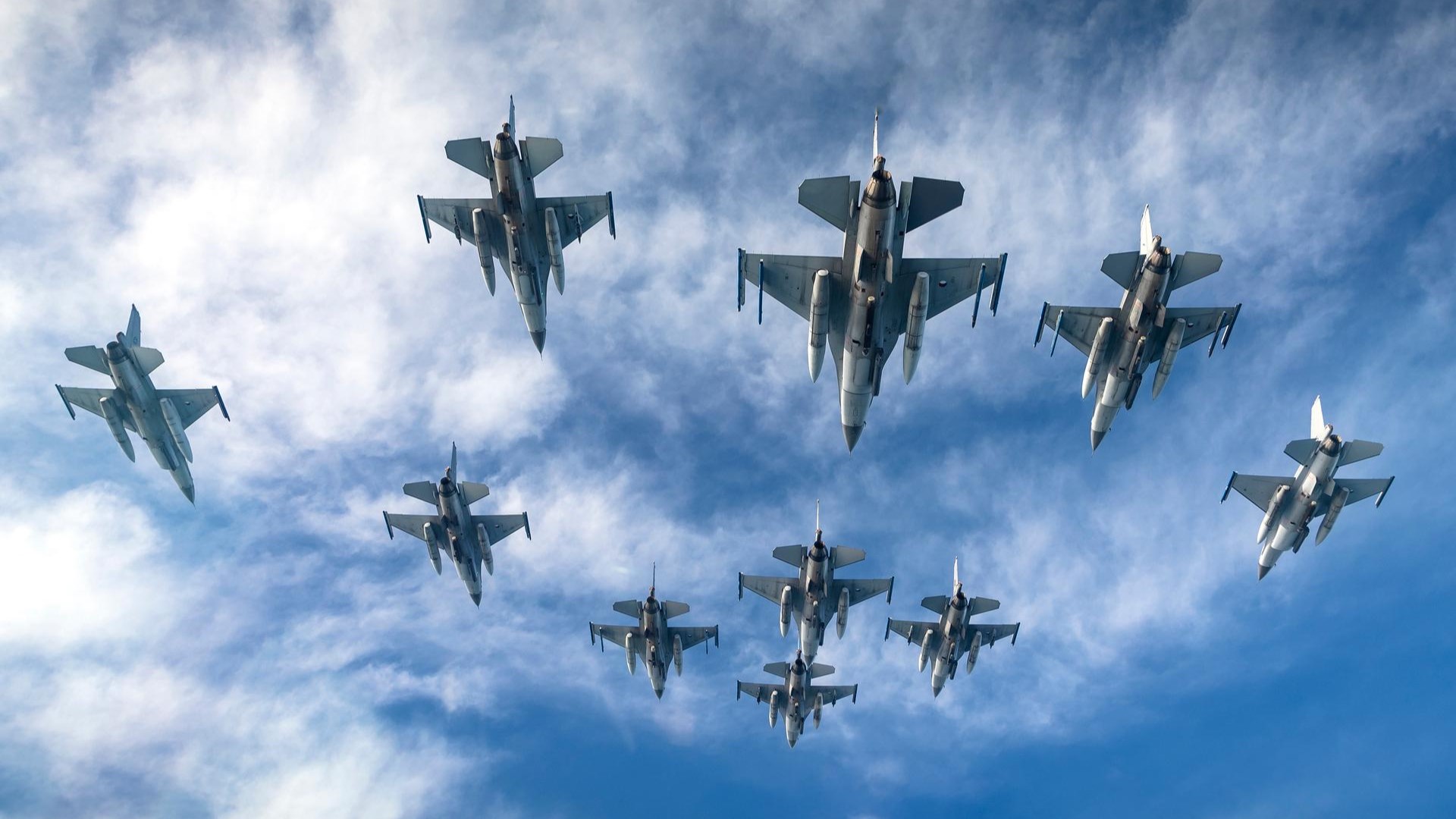A Ryanair fuel emergency turns a routine flight into a near disaster.
On 3 October 2025, Ryanair Flight 3418 took off from Pisa International Airport (PSA) in Italy bound for Glasgow Prestwick Airport (PIK) in Scotland. What should have been a two-and-a-half-hour trip to Scotland turned into a 10-and-a-half-hour ordeal that nearly ended in tragedy.
Operated by Malta Air, a subsidiary of Ryanair, the Boeing 737-800 (registration 9H-QBD) left the gate on time at 16:15 local time, but did not actually depart until 17:28. A protest in Pisa by pro-Palestinian protesters delayed departures after entering the runway, adding one hour and thirteen minutes of taxi time before takeoff. The incident created a domino effect throughout the night’s flight schedule, forcing crews to work against climate changes across Europe.
By the time Flight 3418 arrived in Scottish airspace, conditions had deteriorated rapidly. Storm Amy was lashing the region with gusts approaching 100 mph. The system had been strengthened by the remains of former Hurricane Humberto, a Category 5 storm that had crossed the Atlantic and was now lashing northern Europe with tropical storm-force winds and heavy rain.
Three airports, three turns
Prestwick was already dealing with winds in excess of 50 mph and reports of severe turbulence below 2,000 feet. As the Boeing lined up for runway 20, the crew began a frustrated maneuver when the approach became unstable. After a brief wait, they tried again about 30 minutes later, only to turn around a second time when the plane was buffeted by shifting gusts and wind shear.
With fuel reserves dwindling, the crew diverted east towards Edinburgh. Conditions there were only marginally better. The winds were fierce, the rain heavier, and the turbulence severe. As the plane descended toward Runway 24, the pilots once again elected to turn around, unable to maintain a stabilized approach. That meant three turns around two airports in less than two hours.
By this time, the situation had become critical. Following the failed landing attempt at Edinburgh, the crew declared an emergency fuel emergency and squawked 7700, alerting air traffic control that they were below the minimum fuel reserve threshold. The statement gave them landing priority at the nearest suitable field, which in this case was Manchester Airport (MAN) in England, approximately 185 miles to the south.
The weather when the flight descended into MAN was not great, but not as bad as what they had faced in Scotland. The winds were blowing up to 40 degrees, but they were blowing almost directly down runway 23R. Visibility was good. The crew lined up for what would be their fourth and final approach of the night.
It should be noted that although gusts reached 54 mph at Prestwick and almost 60 mph at Edinburgh, the wind direction (approximately 230 to 240 degrees) closely aligned with the runways in use: Runway 20 at Prestwick, Runway 24 at Edinburgh and Runway 23R at Manchester. As a result, the crosswind component was not a factor in this incident. The challenge was not the lateral control… but the turbulence, the unpredictable gusts and the fuel consumption that accumulated on each circuit depending on the weather.

Six minutes from emptiness

When Flight 3418 landed safely at MAN at 20:51 local time, the Boeing had been in the air for more than four hours (total jam time was 5h 36min. Passengers were then transferred by bus from Manchester to Prestwick, approximately a five-hour journey). Only 220 kilograms (about 58 US gallons) of fuel remained, enough to last about six more minutes of flight. The left tank contained 100 kilograms and the right 120.
Under the EU regulationsCommercial airplanes must have at least 30 minutes of reserve fuel when landing. This would be approximately 394 US gallons for a 737-800. The flight was well below that threshold. The UK Air Accident Investigation Branch (AAIB) has classified the incident as a “serious incident”.
This was as close to a fatal accident as possible.
Pilot (via the guardian)
a pilot said the united kingdom the guardian“As long as you land with less than two tons [≈528 US gallons] of fuel, you start to pay close attention. Less than 1.5 tons [≈396 US gallons]you are sweating “This was as close to a fatal accident as possible.”
Flight records show that the plane had taken off from Pisa with the necessary fuel reserves. But the long taxi delays, multiple turns and detours pushed their resistance to the limit. With only six minutes of usable fuel, there was simply no room for another attempt.
If the crew had been forced to make an extra turn, or if turbulence had caused a missed approach at Manchester, the result could have been catastrophic. Every second, every setting change and every turn mattered. The workload in the cockpit would have been immense: balancing checklists, communicating with ATC, managing systems, and staying calm under pressure.
In those final minutes, everything had to go perfectly and, fortunately, it did. But the ordeal of Flight 3418 highlights how thin the line can be between a manageable detour and a full-blown emergency. Three turns, two detours and a storm left a 737 running on fumes. Six minutes of fuel separated Ryanair Flight 3418 from becoming another entry in aviation history for all the wrong reasons.



